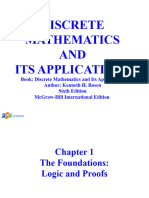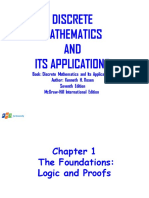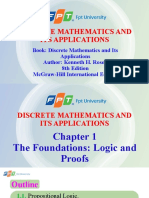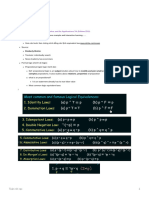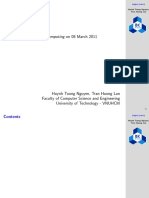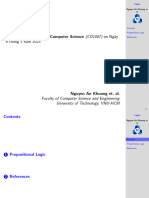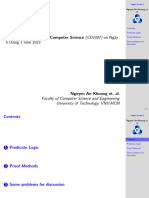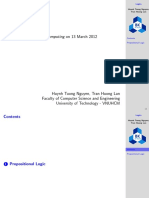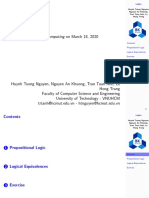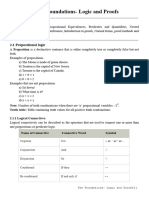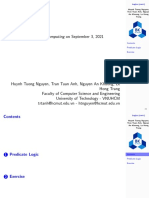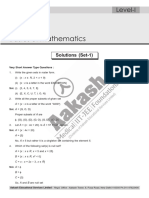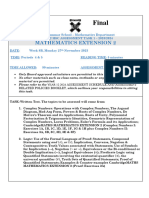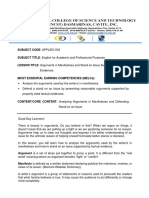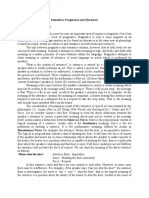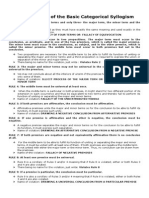0% found this document useful (0 votes)
157 views40 pages01 Introduction Chapter01 Propositional Logic
This chapter introduces propositional logic and proofs in discrete mathematics. It defines logical operators like negation, conjunction, disjunction, implication and biconditional. Truth tables are used to determine the truth values of propositions. Logical equivalences between propositions are identified using rules like De Morgan's laws and absorption laws. Predicates and quantifiers are introduced to represent statements about objects. Universal and existential quantifiers are defined with notation like ∀ and ∃. Rules of inference are provided to construct valid logical arguments using premises and conclusions.
Uploaded by
Nguyen Hai An (K15 HL)Copyright
© © All Rights Reserved
We take content rights seriously. If you suspect this is your content, claim it here.
Available Formats
Download as PPT, PDF, TXT or read online on Scribd
0% found this document useful (0 votes)
157 views40 pages01 Introduction Chapter01 Propositional Logic
This chapter introduces propositional logic and proofs in discrete mathematics. It defines logical operators like negation, conjunction, disjunction, implication and biconditional. Truth tables are used to determine the truth values of propositions. Logical equivalences between propositions are identified using rules like De Morgan's laws and absorption laws. Predicates and quantifiers are introduced to represent statements about objects. Universal and existential quantifiers are defined with notation like ∀ and ∃. Rules of inference are provided to construct valid logical arguments using premises and conclusions.
Uploaded by
Nguyen Hai An (K15 HL)Copyright
© © All Rights Reserved
We take content rights seriously. If you suspect this is your content, claim it here.
Available Formats
Download as PPT, PDF, TXT or read online on Scribd
/ 40
